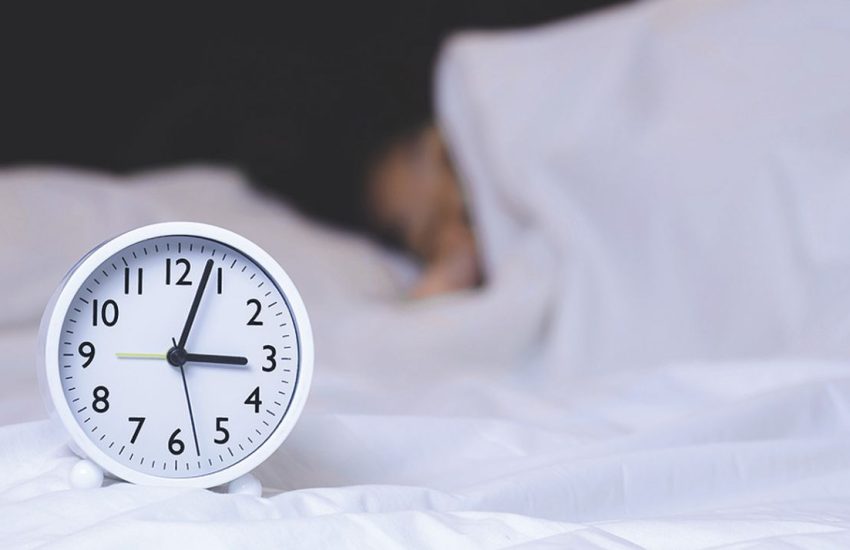Dealing With Chronic Back Pain
Photo: Unsplash
Keeping fit is vital, but when we have a back problem, it may be that any type of exercise is causing great pain and discomfort. However, back pain is much more common than you think; in fact, it affects a lot of us!
The human back is a highly complex structure that includes vertebrae, ligaments, intervertebral discs, nerves, tendons, small muscles with focused point activity, and massive muscles with “global” activity. During daily activities, the back performs countless bending, straightening, turning, tilting, and straightening movements. The amount of movements that the back performs throughout life is enormous and the loads applied to the back and the vertebrae that make up the spine are enormous. Unfortunately, this is how back problems become chronic.
The intensity of the pain does not necessarily show that the problem is severe and as noted above – in the vast majority of cases back pain does not indicate a serious problem and does not constitute a cause for concern. However – there are a number of symptoms that require a visit to the doctor soon – neurological deficits such as sudden weakness in the lower limb, sudden sensory decline, loss of control or difficulty urinating – all of these require an urgent visit. Fever and chills that appear along with back pain also require a visit to the doctor. Back pain that appears when there is a known increase or decrease in weight (not as a result of diet) also requires a doctor’s examination. You should always consult your GP if you have numerous symptoms – even something as simple as a deficiency can play havoc on your body.
Most back pain comes from a musculoskeletal source. In this case you will find that appropriate treatment must be implemented to stop the problem from becoming more aggravated over time. As with any condition or symptom, if it is not treated often, then it will not heal, and possibly may even get worse. You should look at the following conditions to rule out or pinpoint what you may have:
- Contraction or stretching of muscles and ligaments in the back
- Ballet or disc herniation
- Narrowing of the spinal canal or of the exit holes of the nerves from the spinal cord – Spinal Stenosis
- Spondylolisthesis – a protrusion of a vertebra from the vertebral chain (usually a protrusion forward)
- Osteoarthritis – erosion between bone protrusions that exist between the vertebrae
- Fractures
Exercises for relieving lower back pain
Naturally, running and high-impact activity is not recommended. It is recommended to perform exercises that will teach control of the back and pelvis (a distinction must be made between strength and control – a strong muscle is not necessarily a muscle that is under control). There are a number of practice theories recommended for those suffering from back pain. Pilates is a good way to start as Pilates works to enhance the stomach muscles and core strength, which takes the pressure off the back.It is recommended to receive guidance from a chiropractor to get additional assistance. Chiropractic help can help with chronic pain.
- Why You Should Form a Nonprofit Organization - July 1, 2024
- Can You Bring Your Business A Little More Success? - June 27, 2024
- Adventure Travel: 3 Places to See - April 22, 2024


